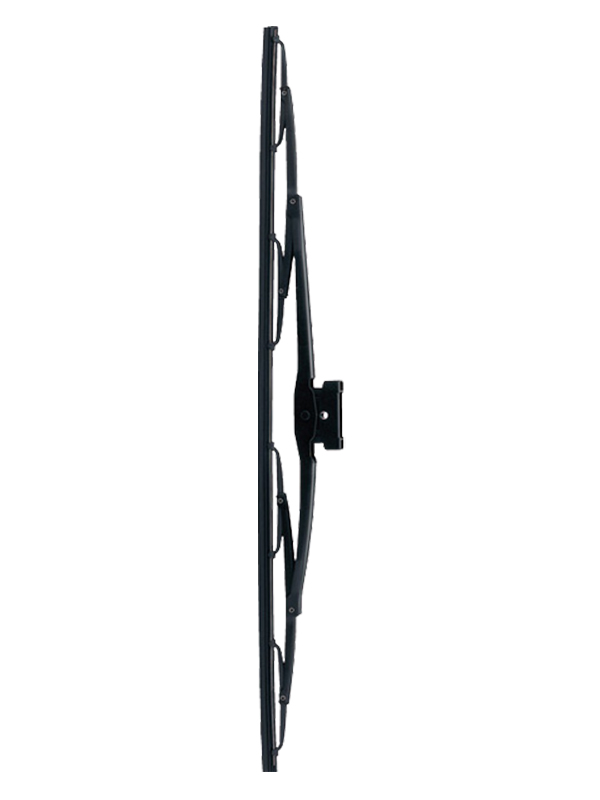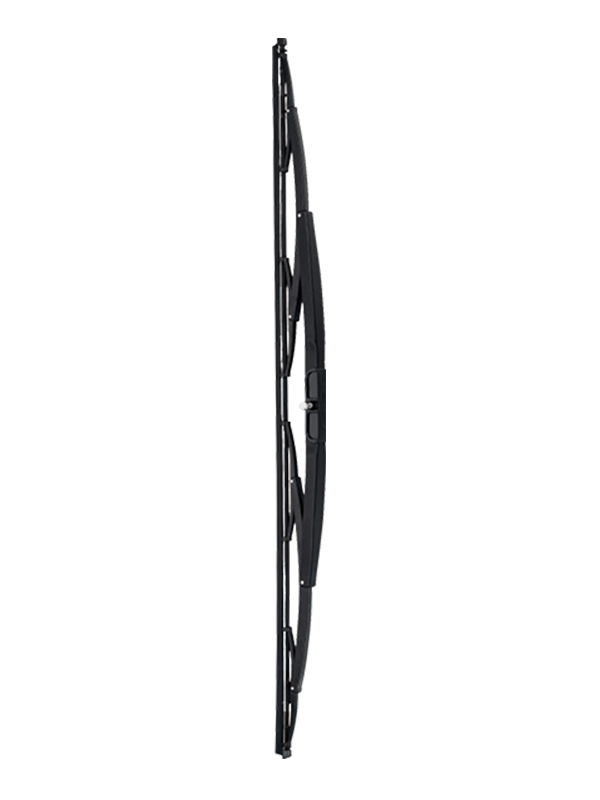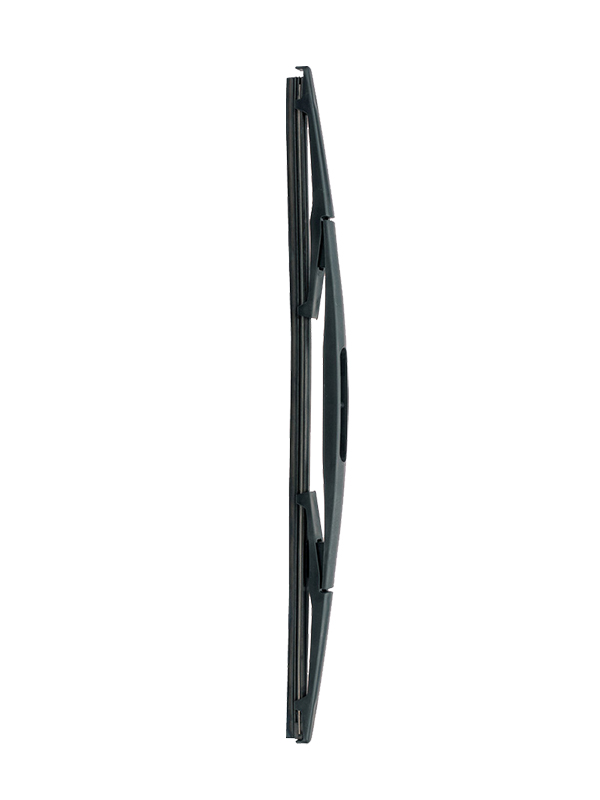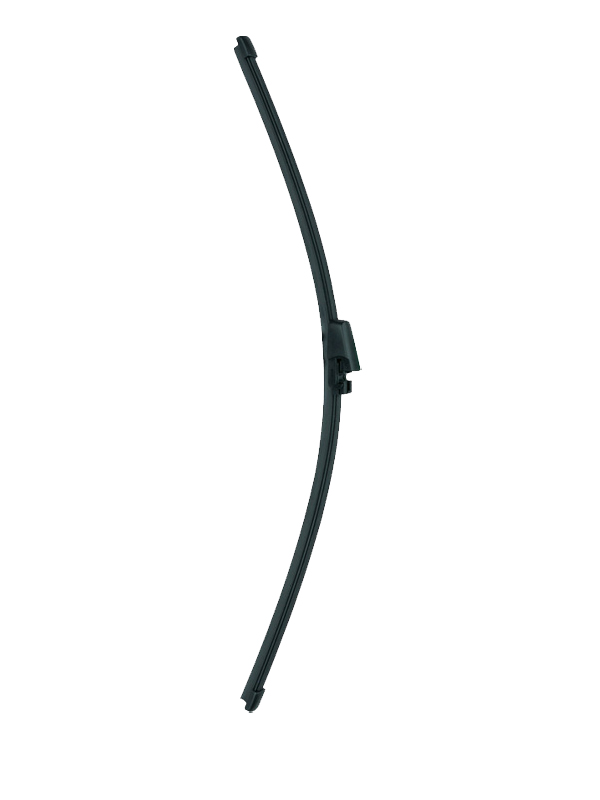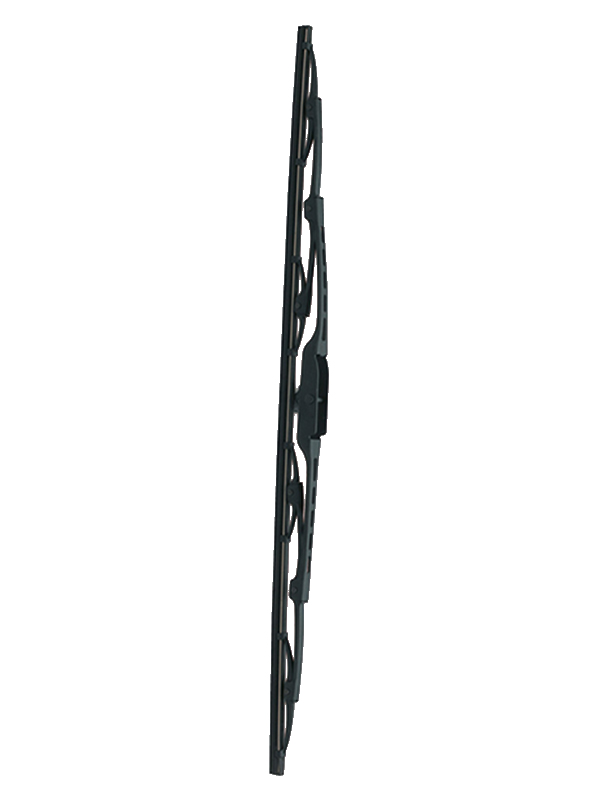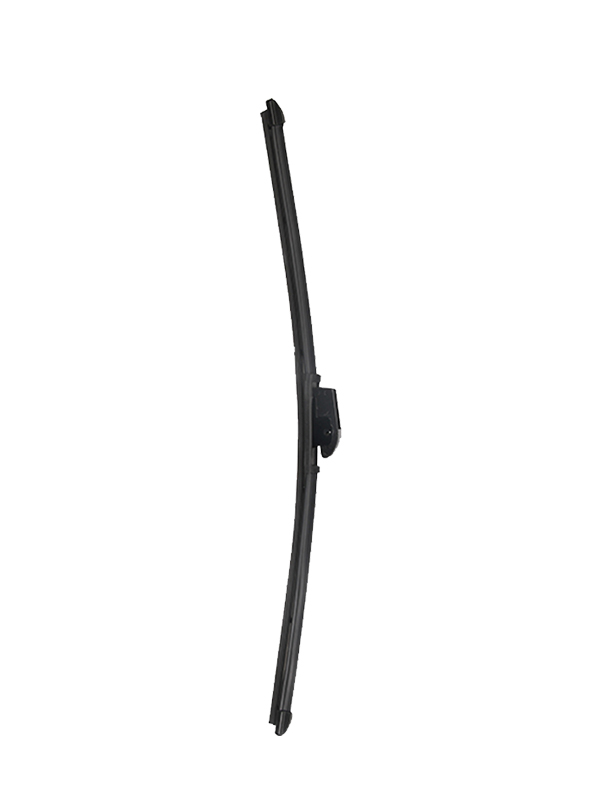Submit feedback
Press & Events
What factors are considered in designing metal wipers?

Metal wipers, often referred to as metal wiper blades or metal windshield wipers, are a type of automotive component used in vehicles to clear rain, snow, and debris from the windshield for improved visibility. When designing metal wipers, several factors need to be considered to ensure their effectiveness, durability, and overall performance. These factors include:
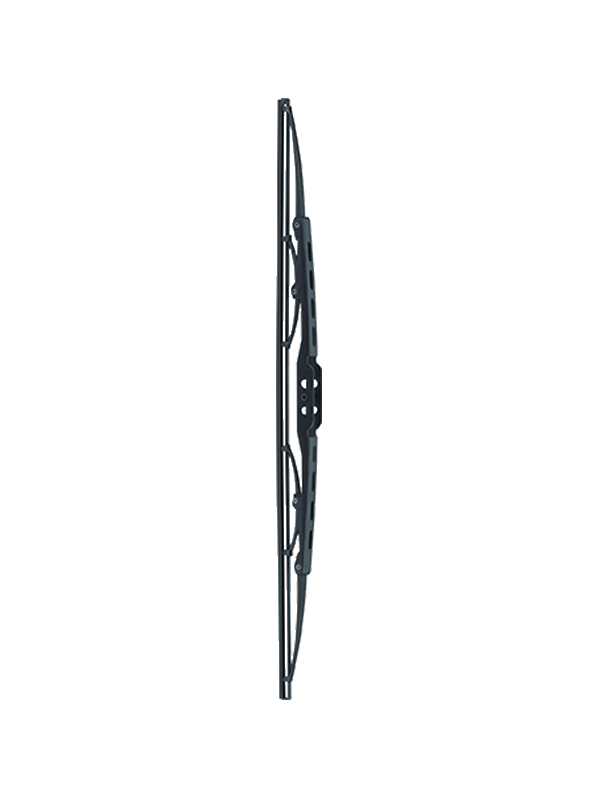

Material Selection: The choice of materials is critical in designing metal wipers. The wiper blade itself is typically made from stainless steel or another corrosion-resistant metal. The wiper's frame and structure should also be designed to withstand various environmental conditions.
Blade Shape and Profile: The blade's shape and profile influence how it makes contact with the windshield. A blade shape ensures uniform pressure distribution across the windshield, preventing streaks and ensuring effective clearing.
Pressure Distribution: The wiper blade should apply consistent pressure across the windshield to ensure uniform wiping. Uneven pressure can to streaks and reduced visibility.
Aerodynamics: The design should consider the aerodynamics of the wiper blades to minimize noise and drag during operation. Proper aerodynamics can also improve the wiper's efficiency and reduce wear on both the wiper and the windshield.
Contact Angle: The angle at which the wiper blade contacts the windshield is important for effective wiping. The angle should be designed to minimize lift-off from the windshield at high speeds and ensure consistent contact across the entire length of the blade.
Wiping Mechanism: The mechanism that translates the wiper's movement should be robust and reliable. This includes the linkage system that connects the wiper arm to the blade and controls its motion.
Adverse Weather Performance: Metal wipers should be designed to perform well in various weather conditions, including rain, snow, ice, and mud. Special considerations might be needed to prevent ice buildup on the blades.
Durability: Metal wipers need to withstand constant use and exposure to the elements without premature wear or damage. Materials, coatings, and design features should be selected to enhance durability.
Compatibility: Wiper blades need to be designed to fit specific windshield shapes and sizes, ensuring proper coverage and contact.
Ease of Installation: The design should facilitate easy installation and replacement of wiper blades by vehicle owners or service technicians.
Noise Reduction: Design features can be incorporated to reduce noise generated during wiper operation, enhancing the overall driving experience.
Manufacturability: The design should be manufacturable with existing production methods and technologies, ensuring cost-effectiveness and scalability in production.
Cost-effectiveness: Balancing performance with production costs is essential to make the product competitive in the market.
Environmental Considerations: Designing for sustainability, including the use of recyclable materials and minimizing waste during manufacturing, is becoming increasingly important.
Testing and Validation: Extensive testing, including wind tunnel testing, real-world testing, and durability testing, is crucial to validate the design's performance under various conditions.
Designing effective metal wipers requires a multidisciplinary approach that considers engineering principles, materials science, aerodynamics, and user experience to create a product that ensures clear visibility and safety for drivers.
Related Prodcuct
Join Our Team


 English
English  中文简体
中文简体 

